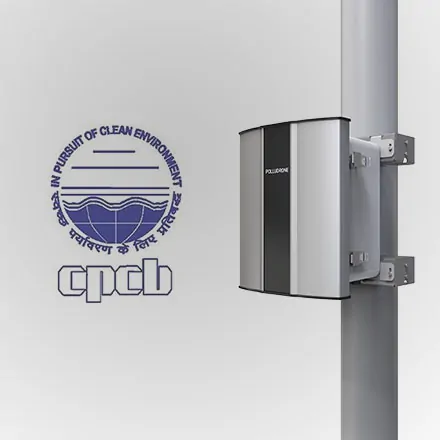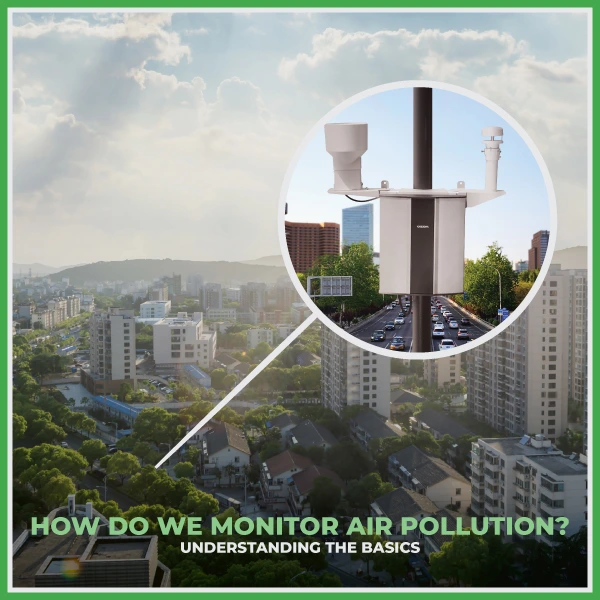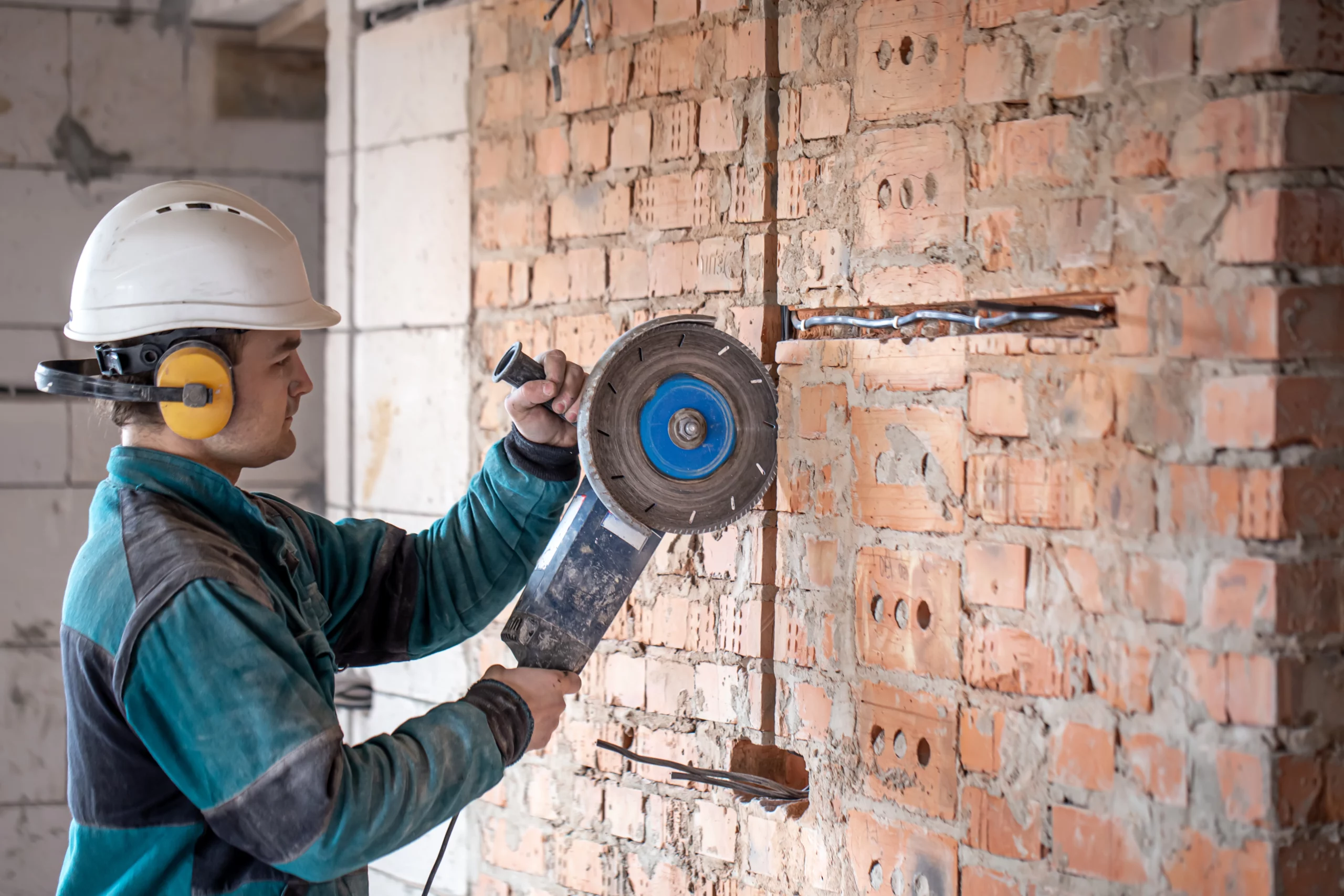Rapid economic growth has brought many benefits to India; but the environment has suffered, exposing the population to serious air pollution. The consequences of pollution have led to poor urban air quality in many Indian cities. The air pollution and the resultant air quality can be attributed to emissions from transportation, industrial and domestic activities.
Due to pollution, the ambient air quality in major cities in India is now very poor. There is an urgent need to adopt various strategies in planning air quality, total air quality control to improve urban air quality. Epidemiological studies have been taken up to show how ambient air pollution is affecting people’s health in order to provide policy tools for air quality planning. Exposure to air pollutants is largely beyond the control of individuals and requires action by public authorities at the national, regional and even international levels. The norms for ambient air quality have been revisited and various industry-specific emissions standards are to be revisited and notified from time to time.

In order to counteract this alarming statistic and take action to clean up the air, it’s important to first understand where the pollution is most concentrated, how it occurs, what elements are involved and how we can neutralize them. In order to do this, a comprehensive air-quality monitoring system (AQMS) must be undertaken on a national and international scale.
To identify and mitigate the sources of Pollution, there is an urgent need for scalable cost-effective environmental monitoring solutions. Taking actions to fight this problem, the Central Pollution Control Board (CPCB) and CSIR-NCP have launched an NCAP program that shall undertake the responsibility of certifying AQMS sensor-based systems.

WHAT IS AQMS?
AQMS system takes continuous measurement of Ambient Air-Quality and report the real-time data to the relevant authority.
Experts from departments of Indian Space Research Organization (ISRO) and Department of Science and Technology (DST) deliberated on ways to set up a system for certification of air quality emission monitoring instruments. Certification of PM2.5 and PM10 volume samplers will commence from September 2018, according to a statement from the Environment Ministry.
“Organisations that need to export samplers, as well as factories or industrial units that need to install pollution monitoring devices would also benefit from certification”
Dinesh Aswal, Director CSIR-NPL
There are several sensor-based systems currently present in the market which will get the opportunity to collaborate and mitigate the global problem of Pollution.
Oizom welcomes the move by CPCB to adopt the new technology, seeing the benefits of the Real-Time Air Quality Monitoring Systems as opposed to the Expensive, High-Maintenance Manual Systems. Oizom envisages and promises to support by all means to the initiatives by CPCB and NCAP to identify sources of Pollution and provide data-driven suggestions to curb this problem.






